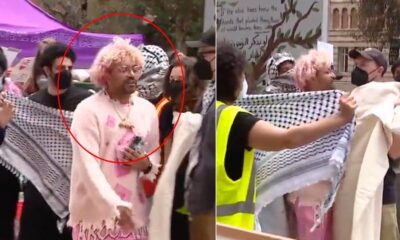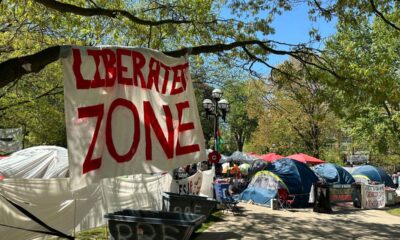Utah
Utah State Republicans To Pick Favorites in Senate Primary Saturday
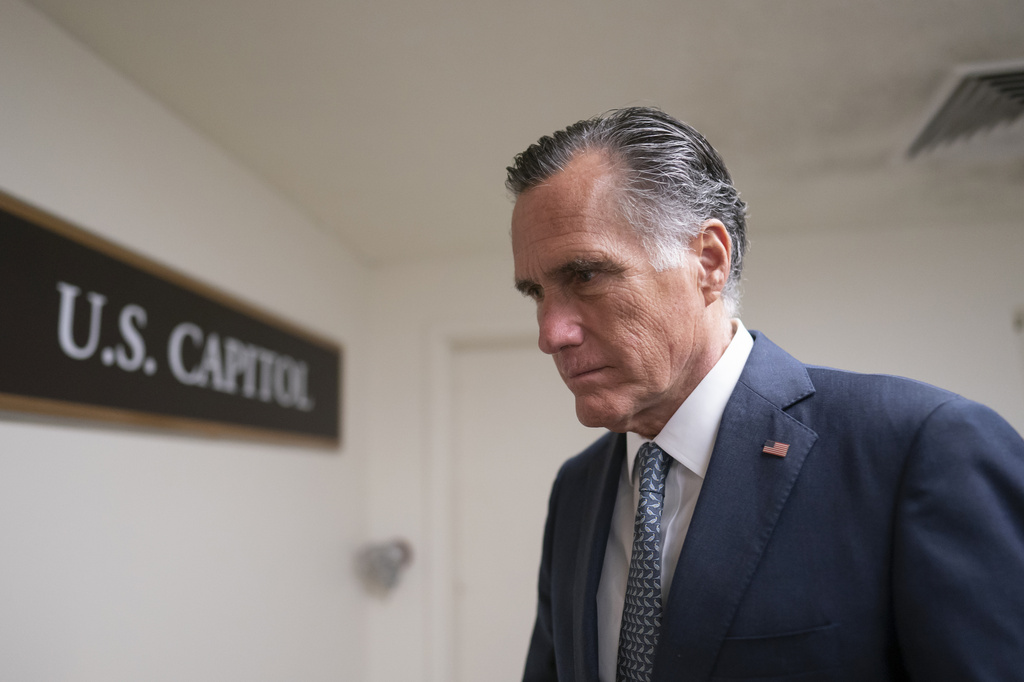
Utah Republicans are set to meet Saturday to decide who they would like to appear on the ballot in the state’s upcoming primary, a process that will signal which of the candidates the party is favoring.
In Utah, there are two ways that candidates can gain ballot access in a primary. They can either gather signatures and petition for access, or the state party can place them on the ballot.
Three candidates in the GOP field have submitted the requisite signatures to appear on ballots regardless of the party’s choices. According to a Utah State University political scientist, Damon Cann, this means that the convention this year serves “more of a winnowing function.”
Republicans and Democrats are meeting on Saturday to choose which candidates they would like to place on the state primary ballots. Their choices could give an indication of who the party is favoring and who is likely to be the next senator representing Utah.
The core question looming over the party conventions is whether the GOP will choose to put forward a candidate who follows in the path of Senator Romney, who is retiring, or Utah’s other lawmaker in that body, Senator Lee.
The contrast between the two Republican senators is sharp. On one hand, Mr. Romney is emblematic of a pre-Trump Republican Party and one of President Trump’s few critics within the ranks of Republican elected officials.
Mr. Lee, on the other hand, is far less critical of the former president in public and often publicly sides with members of the far-right House Freedom Caucus on issues ranging from national security to the debt ceiling.
“None of these candidates are running saying, ‘I will be just like Mitt Romney,’” Mr. Can says. “Usually in an open seat you have someone saying that they will be the heir to the incumbent.”
Potential favorites in the nine-candidate field to get the nod from the state party include a former speaker of the state’s house, Brad Wilson, and Congressman John Curtis.
Mr. Curtis has positioned himself between Messrs. Romney and Lee, telling the Idaho Capitol Sun, “I have a lot of respect for both of them, but I just don’t think I’ve modeled myself after either.” Mr. Curtis has portrayed himself as an effective legislator and as a top Republican on the topic of climate change, founding the Conservative Climate Caucus.
Mr. Wilson is attempting to parlay his reputation as a conservative state house speaker into a successful Senate campaign, also positioning himself between Messrs. Romney and Lee ideologically. Mr. Wilson had also racked up the endorsement of more than 60 Utah lawmakers before Mr. Romney announced that he would not seek re-election this year.
“I am honored and encouraged to have the support of so many leaders from all corners of this great state,” Mr. Wilson said in a statement. “Utah needs a bold, conservative fighter in the U.S. Senate and I am humbled at the support and encouragement we’ve received so quickly.”
The most prominent acolyte of Mr. Trump’s in the race is the mayor of Riverton, a city of 45,000 in the Salt Lake City area, Trent Staggs. While Mr. Wilson enjoys the support of state officials, Mr. Staggs has courted endorsements from online conservative personalities and loyalists of Mr. Trump.
According to Mr. Cann, Mr. Staggs has tailored his campaign to court Republican Party insiders, who tend to be even more ideologically conservative than GOP primary voters.
The last time Mr. Romney appeared before the convention, he was booed by the crowd — an indication that party insiders are more Trump-friendly than even GOP voters there.
“Utah is so unique in the country,” Mr. Cann says. “It’s as Republican of a state as you find in the United States but even among Republicans support for Donald Trump is lower — I’m not going to say it’s low, but it’s lower than it is in comparable states.”
Personalities including Arizona’s Kari Lake, a conservative influencer, Charlie Kirk, and a failed presidential candidate, Vivek Ramaswamy, have all endorsed Mr. Staggs.
Congressman Matt Gaetz and Senator Tuberville have also advocated for Mr. Staggs, who has independently campaigned at Mar-a-Lago and CPAC, making him a potentially formidable primary candidate even if he doesn’t get the party’s nod.
“I’m not just somebody going out there trying to pick up any old endorsement,” Mr. Staggs told the Salt Lake Tribune of his campaign. “These are intentional. These are folks that I want to be able to say, ‘I’m going to emulate their type of fire and energy and ability to push back against the establishment.’”
Before entering politics, Mr. Staggs was the president at a multi-level marketing company, Regeneca, best known for male enhancement herbal remedies like RegenErect and RegeneArouse.
Whichever of the 10 candidates succeeds in getting the party’s nod Saturday, Mr. Curtis, Mr. Wilson, and businessman Jason Walton are still guaranteed to appear on the primary ballot, meaning that there will still be a live primary after the convention.

Utah
Utah NHL team signs forward Noel Nordh to entry-level contract
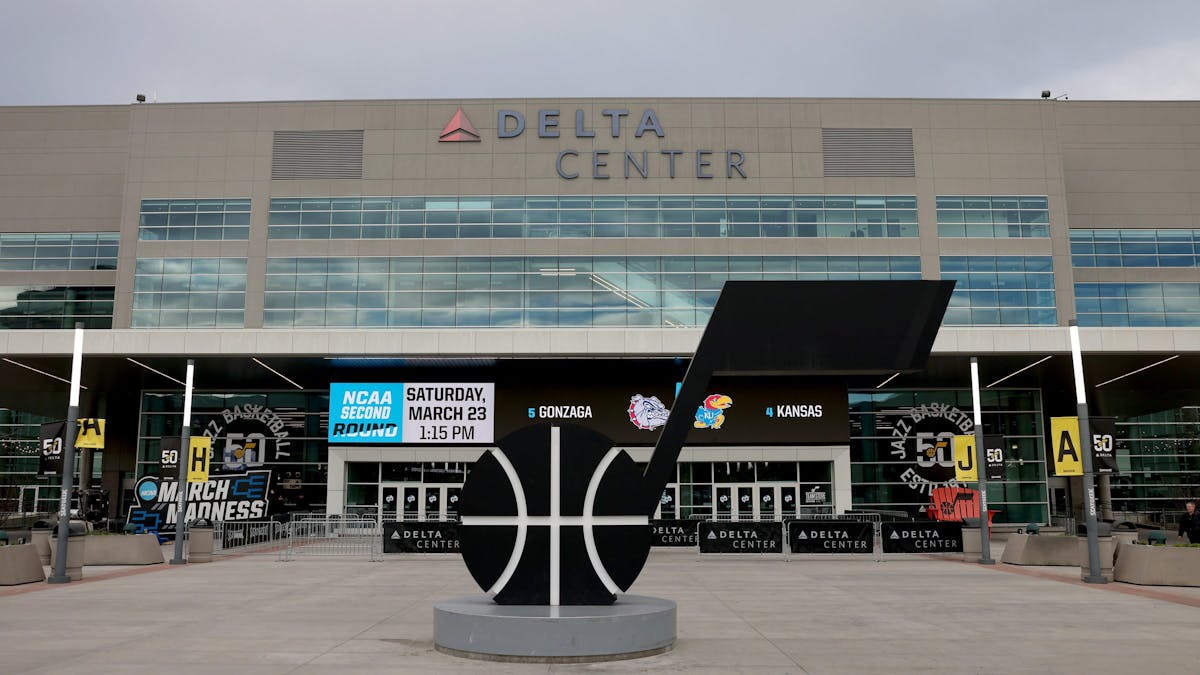
The Utah NHL team has signed forward prospect Noel Nordh to a three-year, entry-level contract, CapFriendly reported Saturday evening.
Nordh, 19, became the first player to officially sign a contract with the Utah team since it relocated from Arizona in April. The Arizona Coyotes originally selected Nordh in the third round (No. 72 overall) of the 2023 NHL Draft.
The 6’2″ left wing spent the majority of the 2023–24 regular season with Brynäs IF in the second-tier Allsvenskan league in Sweden, collecting six goals and 15 points in 50 games. Additionally, he racked up 10 goals and 22 points in 15 games with Brynäs’ U20 affiliate team.
The Coyotes originally acquired the draft pick they used to select Nordh from the Washington Capitals in exchange for forward Johan Larsson ahead of the 2022 trade deadline.
Nordh’s contract with Utah will take effect in the 2024–25 season. He’ll be eligible to play in the American Hockey League immediately but could remain in Sweden for another year while on loan from Utah.
Born on January 25, 2005, Nordh is one of the oldest players eligible to participate at the 2025 IIHF World Junior Championship in Ottawa this coming winter, but it remains to be seen whether he’ll be picked to play for Team Sweden.
Nordh is the first member of the Coyotes’ 2023 NHL Draft class to sign a contract with the newly-relocated franchise. Utah retained previous Coyotes general manager Bill Armstrong and the rest of his hockey operations department from Arizona through the move.
The Coyotes selected a pair of Russians in the first round of last year’s draft: Dmitri Simashev and Daniil But, both of whom will become eligible to sign with Utah after their KHL contracts expire at the end of next season. Nordh was the second of four players the Coyotes drafted in last year’s second round, along with Jonathan Castagna, Tanner Ludtke, and Vadim Moroz.
The final player to sign a contract with the Coyotes before the move was 2021 seventh-round pick Sam Lipkin, who won the NCAA Division I men’s national championship with Quinnipiac in 2023 and collected 78 points in 78 games over his two seasons of college hockey. As with the rest of the now-former Coyotes players, Lipkin’s contract transferred to Utah when Ryan Smith purchased the team from Alex Meruelo.
Utah
It’s clear what kind of players the Jazz need, and versatility is key

This article was first published as the Jazz Insiders newsletter. Sign up to receive the newsletter in your inbox each Friday.
In the final interview of the season with Utah Jazz CEO Danny Ainge, the session started out with a question from broadcaster Craig Bolerjack. He asked Ainge what kind of players the Jazz needed, what attributes the Jazz were looking for. Ainge then posed the question back to Bolerjack. He wanted to know what Bolerjack thought the Jazz needed.
“I think obviously youth is one, athleticism would be another, length would be one, defending would be, I think another high level need or want. But I only call games and you get to solve the players,” he said with a laugh.
Ainge wasn’t being confrontational at all. He wanted us all to understand that the problems with the Jazz, and the holes on the roster that we all see, are the correct ones.
“It was a good answer,” Ainge said. “You answered your own question. I tell my grandchildren that all the time, ‘You can answer that question.’”
On a bit of a deeper level, I think it’s obvious that the Jazz want to put together a team that is built for the playoffs, and that means getting players that are not one-dimensional. The Jazz don’t just want a player who is young and athletic, or another player who is long and a defense-first guy. They want every player to have all of those attributes. They want versatile players that will sustain long-term careers and make the team successful when the games really matter in the postseason.
It’s what I’ve been thinking a lot about as I’ve been watching the first round of this year’s NBA playoffs. What works, and what doesn’t work?
“Optionality of being able to do multiple things is a huge factor for me as you get to the playoffs,” Jazz head coach Will Hardy said. “I just don’t think you can throw fast balls the whole playoffs and win. You have to be able to pivot to something else on both sides of the floor, because certain matchups give you different problems. We are building a foundation with our players of being able to switch their mindset in a game or before a game.”
So as we continue to move through the playoffs and we get nearer to the draft and free agency, it’s important to look at what players end up on the Jazz roster. We don’t have to try to talk ourselves into believing that a one-dimensional player will end up on the roster long term. There are going to be plenty of players over the next couple of years that are with the Jazz short term.
But, when the Jazz find players that fit the bill and really feel like they fill a need, one that we can all see and understand, those are the players that will stick and that the Jazz want.
New with the Jazz
How to pass the time in the offseason
Now that the Utah Jazz offseason is officially upon us, it’s time to once again look for ways to fill the hole that Jazz games once occupied.
It probably is a little obvious to say that watching the playoffs is a great way to get a basketball fix, but it really is! More importantly, as I mentioned above, watching playoff basketball is really helpful when considering where the Jazz are in their rebuild.
The playoff matchups have been really exciting, and the second-round series between the Denver Nuggets and Minnesota Timberwolves, which kicks off on Saturday, is one that I can’t wait to watch. On a broad scale, the playoff games have reminded me of how far the Jazz are from being able to compete at the highest level.
Think about how the results in the postseason will impact the Jazz. Do the Jazz have a player that could match up with some of the emerging stars in the Western Conference? Can the Jazz capitalize on some of the teams that were upset in the first round by making deals for players? What do the shakeups mean in terms of what could happen on draft night?
The NBA playoffs, in my opinion, are the best time of the year, and that’s not only because it’s the best basketball of the year. It’s also because everything that plays out during the playoffs impacts what happens for the upcoming season.
From the archives
Extra points
- What are the Jazz’s offseason plans? Well, that depends on the rest of the NBA (Deseret News)
- Where does Keyonte George figure into the Jazz’s future success? (Deseret News)
- What’s the offseason priority for Utah Jazz rookies? Get in the best shape of their lives (Deseret News)
- The similarities behind the Jazz and Coyotes relocations nearly 45 years apart (KSL.com)
Around the league
Utah
Utah drunk driving arrests buck national trend
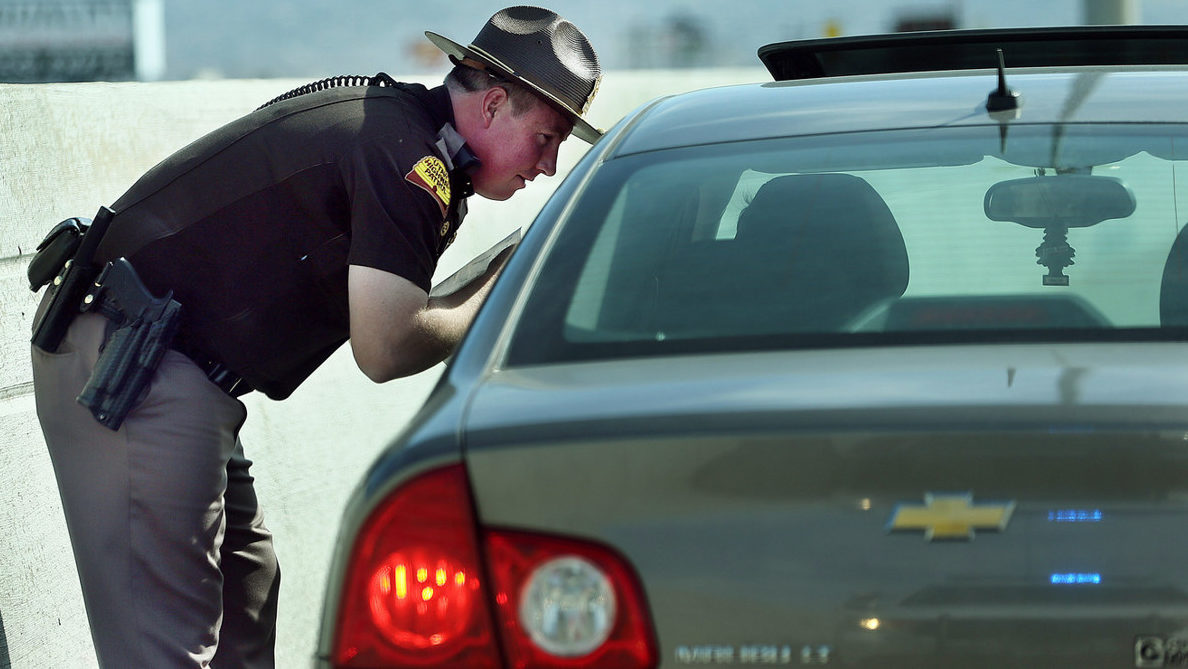
SALT LAKE CITY — Drunk driving deaths have jumped since the beginning of the pandemic while DUI arrests have dropped. However, Utah is bucking some of that trend.
The number of arrests for drunk driving dropped from over 1.3 million in 2010 to about 788,000 in 2023, according to the Wall Street Journal. That’s a drop of about half.
Utah bucks drunk driving trend
Utah stands out from other states because its number of arrests of people driving drunk has increased steadily over the last two decades. That comes from data updated earlier this year.
“In 2023, we arrested more impaired drivers than we have over the last six years,” said Col. Michael Rapich, Utah Highway Patrol, at a January legislative hearing. “Over 11,000.”
Data from the Utah Department of Public Safety shows DUI arrests in Utah hit 11,246, or “an average of 31 arrests per day.” That adds up to 833 more than 2022.
In 2022, 174 people died on Utah roads from alcohol-related accidents. That’s a rise of about 61 from the year before.
From 2010 to 2022, deaths from crashes involving a DUI increased from about 10,000 to 13,500.
What the national numbers show
Nationwide, the data shows drunk driving arrests hit a turning point during the pandemic.
According to the WSJ, police pulled drivers over less frequently to avoid catching COVID-19. In addition to that, the in-custody death of George Floyd, which prompted protests against police across the country, and again, a reduction in traffic stops. Police departments coast-to-coast also say the unrest greatly affected their recruitment and retention.
More empty roads during lockdowns reportedly also convinced drivers to engage in reckless behaviors, like skipping their seatbelts and driving far over the speed limit.
How to curb drunk driving
The National Highway Transportation and Safety Administation is eyeing a new technology it hopes will stop DUIs before they happen: Blood-alcohol readers in cars.
The NHTSA is exploring built-in devices like breathalyzers or skin sensors that will shut down the vehicle if the driver is impaired.
The Centers for Disease Control recommends two strategies more than others: sobriety checkpoints and saturation patrols.
The sobriety checks involve officers camping at a visible area and checking passing cars in a fixed sequence, say every fourth vehicle.
For saturation patrols, police publicize they will be out in force during a certain time and increase the number of officers looking for erratic driving behavior.
“Just like sobriety checkpoints, the goal of saturation patrols is to increase the perceived likelihood that impaired driving will be identified and penalized, leading to a reduction in impaired driving,” wrote the CDC on its website.
Read more:
-

 News1 week ago
News1 week agoFirst cargo ship passes through new channel since Baltimore bridge collapse
-

 World1 week ago
World1 week agoHaiti Prime Minister Ariel Henry resigns, transitional council takes power
-

 Movie Reviews1 week ago
Movie Reviews1 week agoAbigail Movie Review: When pirouettes turn perilous
-

 World1 week ago
World1 week agoEU Parliament leaders recall term's highs and lows at last sitting
-
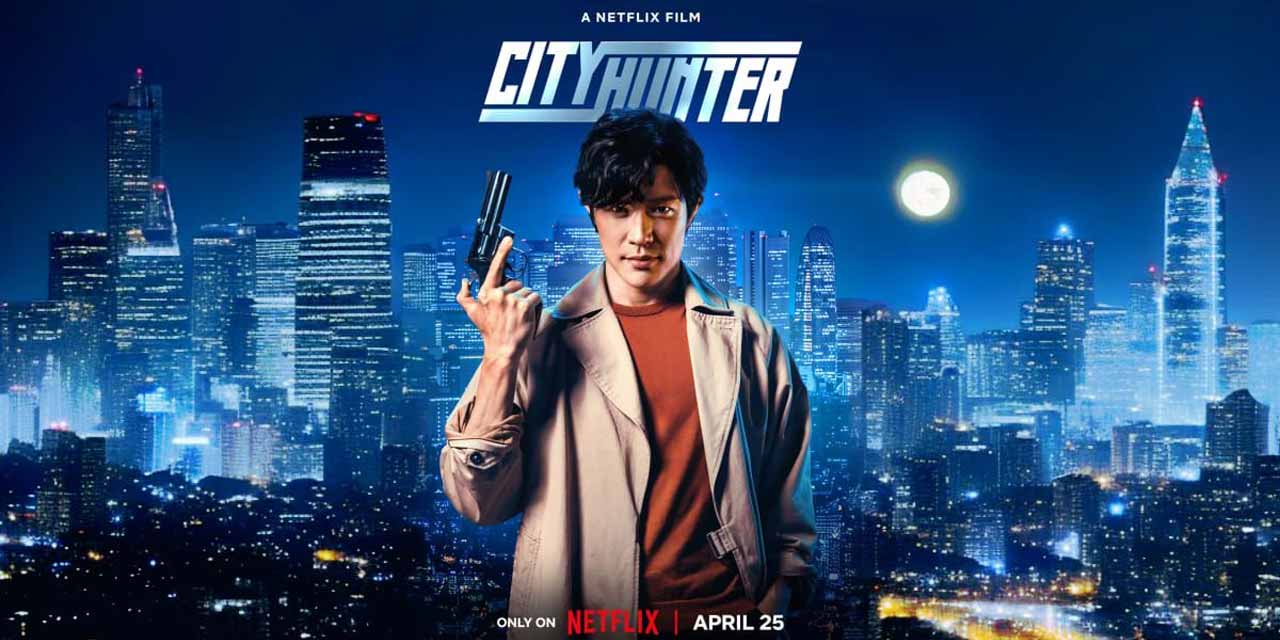
 Movie Reviews1 week ago
Movie Reviews1 week agoCity Hunter (2024) – Movie Review | Japanese Netflix genre-mix Heaven of Horror
-

 Politics1 week ago
Politics1 week ago911 call transcript details Democratic Minnesota state senator’s alleged burglary at stepmother's home
-

 Politics1 week ago
Politics1 week agoGOP lawmakers demand major donors pull funding from Columbia over 'antisemitic incidents'
-

 Science1 week ago
Science1 week agoOpinion: America's 'big glass' dominance hangs on the fate of two powerful new telescopes



